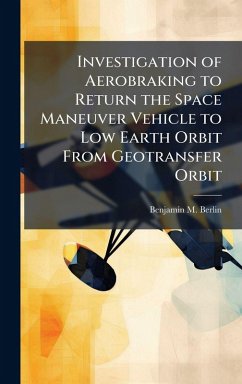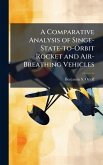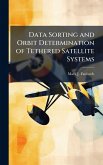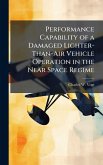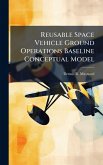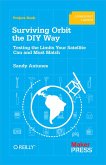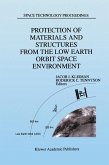This study investigated the use of ballistic and "Double-Dip'' aerobraking reentry to return the Space Maneuver Vehicle (SMV) from geotransfer orbit in no more than two atmosphere passes. Lift and drag accelerations were applied to the two-body problem when either of their magnitudes exceeded 1/1000 g. Lift and drag coefficients, along with the SMV model, were taken from Investigation of Atmospheric Reentry for the Space Maneuver Vehicle by Captain McNabb, AFIT/GA/ENY/04-M03. Target perigees were formulated using the two-body problem. The orbit from each target perigee was numerically integrated around a planar earth model using a fourth order Runge-Kutta method. Ballistic and "Double-Dip'' reentry schemes were attempted with 45 and 70 km altitude floors. Ballistic reentry produced a near circular, low earth orbit when the SMV's true perigee altitude resided between 66.801 and 68.449 km for a one pass reentry and between 72.226 and 73.445 km for a two pass reentry. "Double-Dip'' reentry produced a near circular, low earth orbit when the SMV's perigee altitude rested between 62.416 and 64.962 km. The resulting perigee windows, their respective heating rates, and experienced accelerations were analyzed. Effects of uncertainty in the atmosphere model on successful perigee windows for each reentry scheme were analyzed by repeating the simulation with an increased atmospheric density. This work has been selected by scholars as being culturally important, and is part of the knowledge base of civilization as we know it. This work was reproduced from the original artifact, and remains as true to the original work as possible. Therefore, you will see the original copyright references, library stamps (as most of these works have been housed in our most important libraries around the world), and other notations in the work. This work is in the public domain in the United States of America, and possibly other nations. Within the United States, you may freely copy and distribute this work, as no entity (individual or corporate) has a copyright on the body of the work. As a reproduction of a historical artifact, this work may contain missing or blurred pages, poor pictures, errant marks, etc. Scholars believe, and we concur, that this work is important enough to be preserved, reproduced, and made generally available to the public. We appreciate your support of the preservation process, and thank you for being an important part of keeping this knowledge alive and relevant.
Bitte wählen Sie Ihr Anliegen aus.
Rechnungen
Retourenschein anfordern
Bestellstatus
Storno

